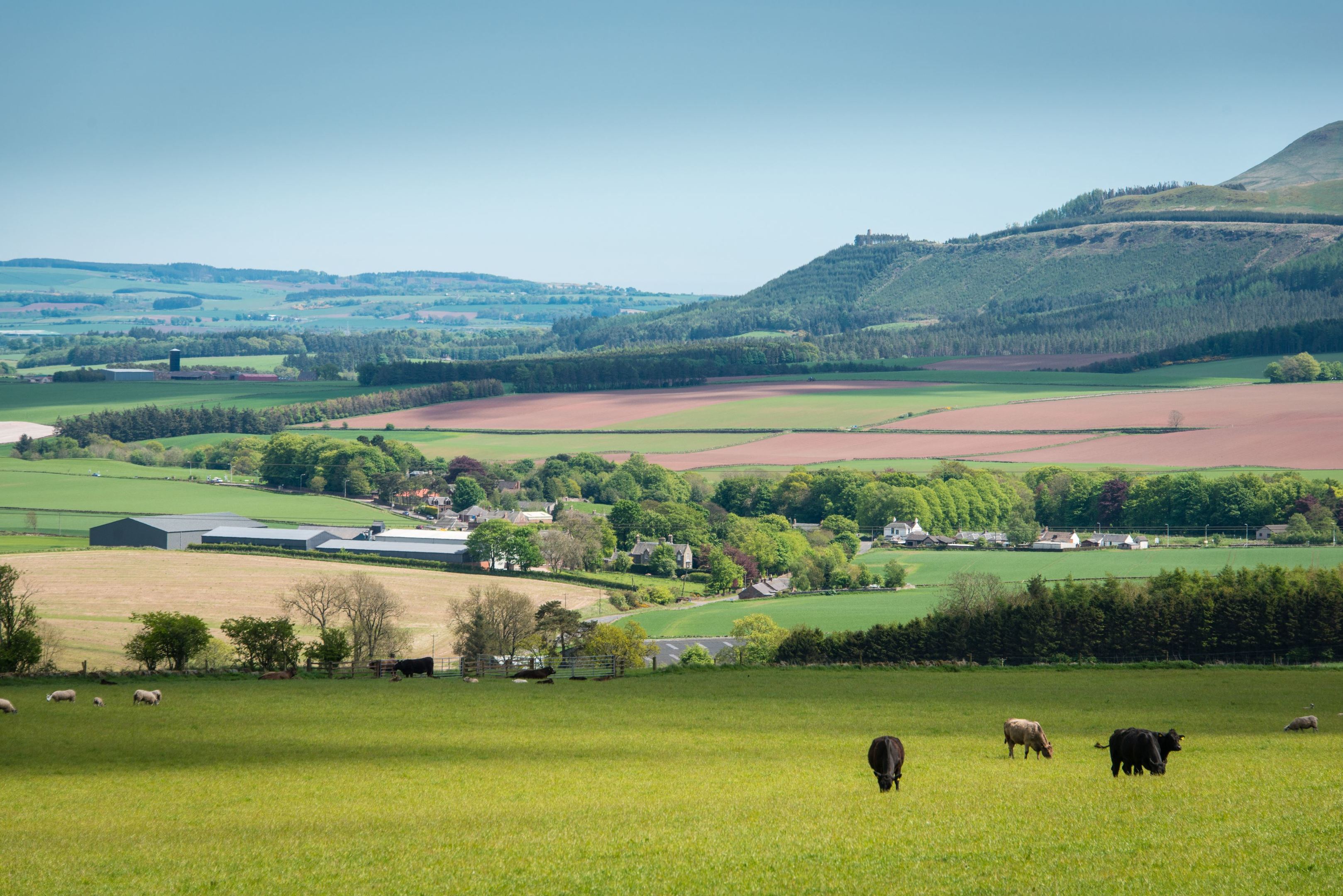The rug of farm subsidies cannot be pulled from under the feet of UK farmers post-Brexit because the British industry is simply too reliant on support, a House of Lords inquiry has been told.
Providing evidence to the EU Energy and Environment Sub-Committee on the implications of Brexit on agriculture, Tim Breitmeyer, the deputy president of the Country Land and Business Association, said funding has to be considered one of the principal challenges for the Government as the agricultural and rural economies move forwards.
“We have to accept the fact that we have lived off a subsidy system for the last 40 years, which was not of our making, but which provides income support,” said Mr Breitmeyer, a former farm business consultant and arable farmer from East Anglia.
“If you look at the facts of the UK’s Total Income from Farming (Tiff), agriculture would not have been profitable at all over the last 20 years without it.
“That, in a time of austerity and at a time when public funds are going to be short, is going to be a real challenge.”
But, despite this inevitable pressure, both Mr Breitmeyer and George Dunn, the chief executive of the Tenant Farmers Association, who also spoke to the
committee, stressed Brexit provides a unique opportunity for the UK to have a more tailored and perhaps more relevant food and farming policy.
“That very much has to be the Government’s aspiration,” said Mr Breitmeyer.
So too, he said, should be a focus on the potential opportunity ahead to entice a global workforce to Britain with seasonal permits or in some cases longer term
contracts.
“Brexit gives us a chance to attract the brightest and best people in the world,” he said.
“Our industry has become very reliant on an EU workforce, particularly for agriculture where around 85,000 workers were required for 2016 and we are already struggling to get them now.”
These figures are projected to rise to 95,000 by 2020.
Mr Dunn said there is also a need to develop a scheme to produce more domestic labour.
“We cannot simply turn off the tap to the EU labour that we have been used to an so heavily reliant to date but labour remains a big concern,” he said.
Mr Dunn also told the committee Brexit will facilitate the creation of agricultural policy that “better fits” but which will also be able to establish a “new consensus”.
This consensus, he said, could reach beyond the internal workings of farming policies to tie in better with external agendas on topics such as animal health, the environment and our place in the wider world in terms of aid and trade.
He said the Government also has to
utilise Brexit as a tool to support the
‘British Brand’, specifically in terms of food and food standards.
Using the Red Tractor scheme as a prime example, he said not only should the Government seek to protect the high standards maintained by UK food
producers, but to safeguard the industry.
Public service procurement was a key area, he felt, where the UK should look to become centric on our own food supply.











